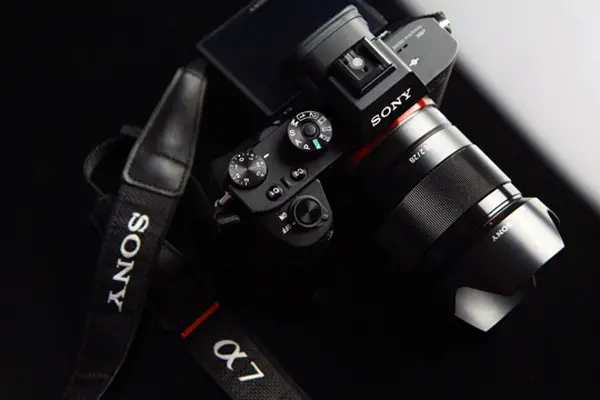Without question, Sony A7 Series cameras are fantastic compact tools for capturing high-quality 4K video. However, one of their major drawbacks is the inaccurate color reproduction they all suffer from. Aiming to resolve this issue once and for all, Omeneo brings the Primers 3D LUT Packs which are designed specifically for each Sony A7 Series camera and based on the certain sensor’s light response and spectral performance. These look-up tables are custom made through a detailed analysis and custom methodology utilizing the full dynamic range of the recorded data. Unlike typical camera profiles that are limited to the camera processing ability, Primers offer greater precision in correcting the image signal. These LUTs come in different packs of standard 3D look-up tables, applicable on monitors, recorders and in post.
Each digital camera has subtle imperfections in its color response, mainly affected by the camera sensor’s processing properties. Most of the time, these flaws can’t be corrected only through the in-camera settings. The built-in picture profiles are basic and limited with camera’s processing precision, capacity and signal chain, which typically leads to processing errors and additional color offsets and signal distortion. Fixing the offsets requires extra time and effort spent in color correction, and certain types of offsets are difficult to correct in post.
This is where Primers come in. They correct these color offsets in high precision and get much more out of the sensor, allowing the shooter or the colorist to focus on the creative part of the process. Special care is being taken for refinements and design of subtle picture aesthetics to maintain image neutrality. Primers aren’t typical creative “looks”, nor generic technical transforms made to transfer images from one color space and gamma to another. They are very delicate image signal optimizations used as a quality basis for further look creation and something completely new on the market.

All in all, these LUT packs bring Sony A7 Series cameras much closer to the color performance of higher end professional motion imaging devices. The main difference is still the limited sampling and compression of the recording codec which affects the range of further image manipulation, so external recorders with higher quality recording formats such as ProRes or DNxHD are highly recommended when using Primers.
Furthermore, it’s essential to utilize an appropriate Primers for a particular camera with targeted gamma and color space and apply them in the first step of color correction. You can still use these LUT packs when shooting in XAVC in the majority of cases but with advised caution in post production process and further image manipulation. According to Omeneo, S-Log2 gives slightly larger dynamic range than Cine4 gamma but at the cost of limited usability in high luminosity gradients, such as skies.
Ultimately, Primers are currently available for Sony A7 series and Sony A6300. The A7R II and A7S Primers are designed for S-Log2 gamma and S-Gamut color, whereas the A7S II and A6300 Primer LUTs are made for S-Log2 and Cine4 gammas, both using S-Gamut3cine color and both modified in camera. You can see the exact camera settings and claim your Primers 3D LUT Pack on the Omeneo’s official website.
[source: Omeneo]
Disclaimer: As an Amazon Associate partner and participant in B&H and other affiliate programmes, we earn a small comission from each purchase made through the affiliate links listed above at no additional cost to you.



